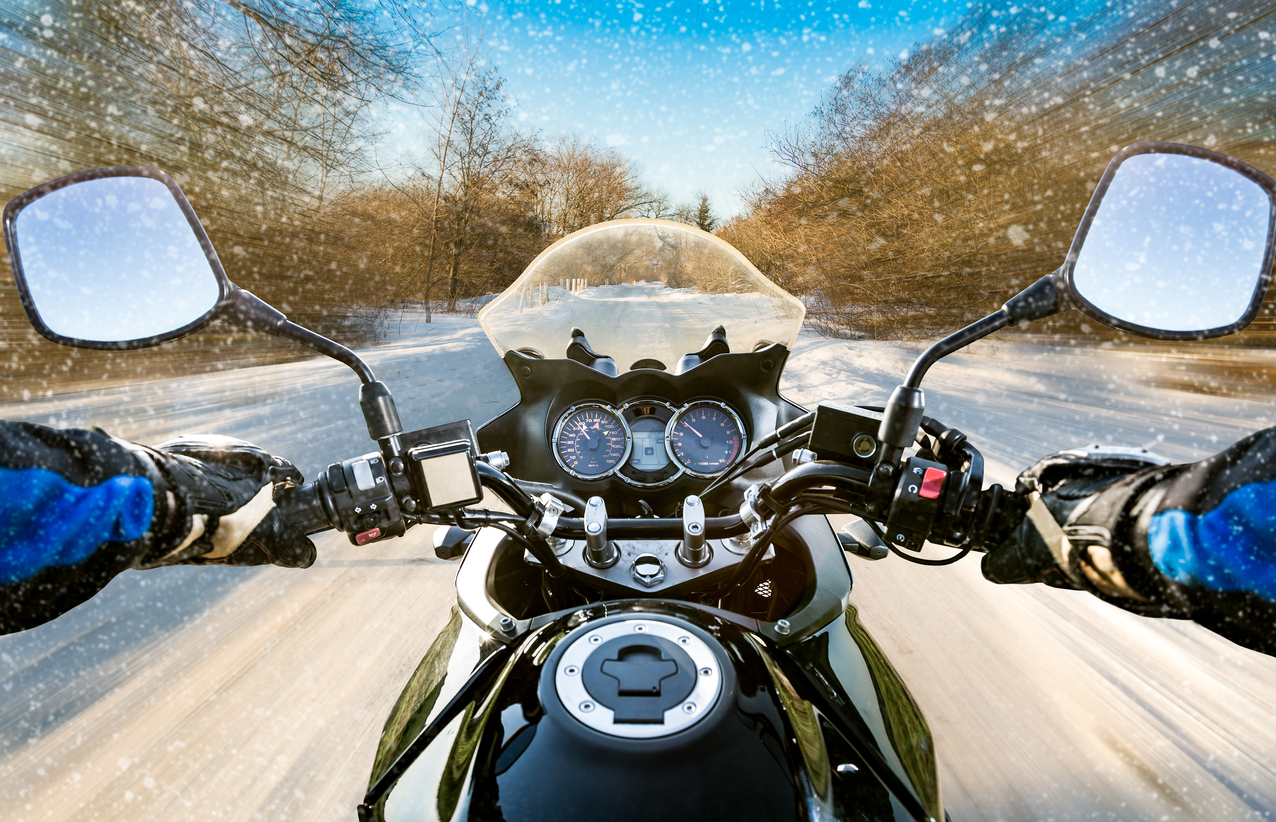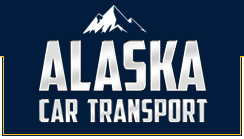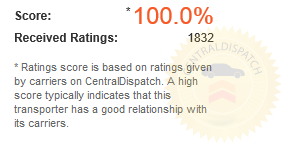Laws to be aware of when riding a motorcycle in Alaska
Safety advice for riding a motorcycle in Alaska

Laws to be aware of when riding a motorcycle in Alaska
Motorcycle riding in Alaska offers breathtaking scenery and a sense of adventure, but it also comes with specific laws and regulations that riders must be aware of to ensure safety and compliance with the state’s rules of the road.
Alaska requires all motorcycle riders and passengers to wear helmets while riding on public roads. These helmets must meet federal safety standards and have a chin strap. Helmet use is mandatory regardless of age or experience. In addition to helmets, all riders must wear some form of eye protection, such as goggles or a face shield, unless their motorcycle is equipped with a windscreen that provides adequate protection.
It is mandatory to ride with your motorcycle’s headlight on at all times, even during the day. This enhances visibility and helps other road users spot motorcycles more easily. Lane splitting, the act of riding a motorcycle between lanes of slow-moving or stopped traffic, is illegal in Alaska. Motorcycles must obey the same lane usage rules as other vehicles.
The maximum height for handlebars on motorcycles in Alaska is 15 inches above the seat. Taller handlebars are not allowed. Your motorcycle’s exhaust system must be equipped with a working muffler, and it must not produce excessive or unusual noise levels. All motorcycle operators must have liability insurance coverage, and they must carry proof of insurance while riding. The minimum liability coverage limits are set by state law.
Passengers are allowed on motorcycles but must use a permanent, regular seat designed for two riders, with footrests and handholds. Riding under the influence of alcohol or drugs is illegal in Alaska, and the state has strict penalties for DUI offenses. The legal blood alcohol concentration (BAC) limit is 0.08%.
Motorcycles must be equipped with functional turn signals and must use them when changing lanes or making turns. Alaska law allows motorcycles to share a lane with another motorcycle, but it explicitly prohibits motorcycles from sharing a lane with a motor vehicle. While not a legal requirement, taking a motorcycle safety course is highly recommended. Completing such a course can improve your riding skills and may even earn you insurance discounts.
Safety advice for riding a motorcycle in Alaska
Riding a motorcycle in Alaska offers a unique and exhilarating experience, with stunning landscapes and open roads. However, it also presents specific challenges due to its unpredictable weather, rugged terrain, and wildlife.
Always wear appropriate safety gear, including a DOT-approved helmet, eye protection, gloves, a jacket with armor, durable pants, and sturdy, over-the-ankle boots. Layer your clothing to stay warm in changing weather conditions. Before each ride, perform a thorough inspection of your motorcycle. Ensure that tires are properly inflated, brakes are functioning, lights are working, and all fluids are at the correct levels.
Alaska’s weather can change rapidly, so be prepared for rain, snow, and cold temperatures, especially in the shoulder seasons. Invest in high-quality rain gear and cold-weather riding gear to stay comfortable and dry. Reduced speed is crucial on Alaska’s winding and sometimes gravel-strewn roads. The posted speed limits are often lower than in other states, and you should be prepared to go even slower in inclement weather or poor road conditions.
Alaska is home to a variety of wildlife, including moose, bears, and eagles. Be vigilant and watch for animals crossing the road, especially during dawn and dusk when they are most active. Reduce your speed in wildlife-prone areas. Keep an eye on weather forecasts and road conditions. Alaskan weather can be unpredictable, so knowing what to expect can help you plan your ride and stay safe.
Assume that other drivers may not see you and be prepared for unexpected actions from them. Keep a safe following distance, position yourself for visibility, and use your horn and lights when necessary to alert other drivers to your presence. Alaska’s roads can vary from smooth asphalt to gravel and even dirt. Pay close attention to road signs warning of changing conditions and adjust your riding style accordingly.
Long rides through Alaska’s vast wilderness can be physically and mentally demanding. Plan regular rest stops to stretch, hydrate, and stay alert. Carry essential emergency supplies, such as a first-aid kit, tools, a tire repair kit, and extra food and water, in case you encounter unexpected delays or challenges. If you’re new to motorcycling or want to enhance your skills, consider taking a motorcycle safety course. These courses can teach you valuable techniques for riding safely and confidently


